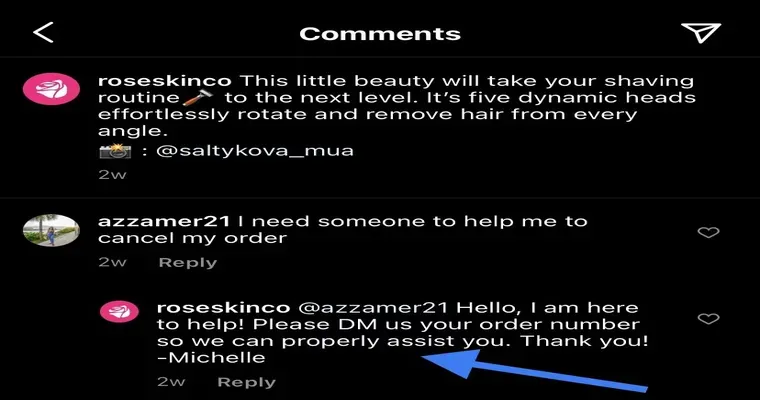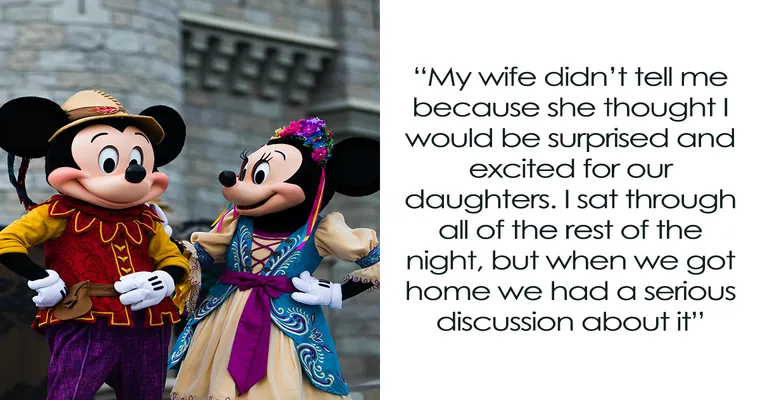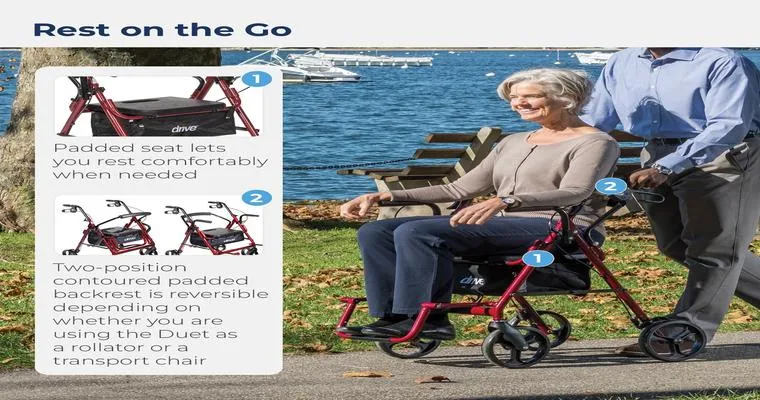Navigating the landscape of online interactions can sometimes feel overwhelming, especially when dealing with "comments" on your "original post". You may find yourself unsure of how to engage with your audience or respond to feedback effectively. This article aims to guide you through the process of responding to comments, enhancing your online presence, and fostering a positive community around your content.
When you publish a post, whether on a blog, social media, or any other platform, it often invites various "reactions" from your audience. These reactions can be positive, negative, or neutral, and responding appropriately is crucial for maintaining an engaging online environment. Here are some strategies to help you respond to comments with confidence and clarity.
One of the first steps is to read through the comments thoroughly. Understanding the tone and content of each comment will help you tailor your responses. Are the comments seeking clarification, expressing disagreement, or simply praising your work? Identifying the intent behind each comment can guide your approach and help you formulate a thoughtful response.
If you encounter a "positive comment", a simple acknowledgment can go a long way. Expressing gratitude not only shows appreciation but also encourages further interaction. For example, you might say, "Thank you for your kind words! I'm glad you enjoyed the post." This kind of response fosters a sense of community and encourages others to engage with your content positively.
On the other hand, if you receive "constructive criticism" or a negative comment, it’s essential to remain calm and composed. Take a moment to analyze the feedback before responding. Address the commenter’s concerns respectfully and provide any necessary clarification. You could respond with something like, "I appreciate your feedback and understand your perspective. Let me explain my viewpoint further." This approach demonstrates your willingness to engage in meaningful dialogue and shows that you value your audience’s opinions.
For comments that contain questions, be sure to provide clear and informative answers. Engaging with your audience by addressing their inquiries not only helps the individual commenter but also benefits others who may have similar questions. This can enhance the overall value of your post and encourage more interaction.
Another important aspect to consider is the "timeliness" of your responses. While it may not always be possible to reply immediately, engaging with comments in a timely manner shows your audience that you care about their input. Strive to respond within a reasonable timeframe to keep the conversation alive and maintain engagement.
In some cases, you might encounter "trolling" or inappropriate comments. It’s crucial to recognize when to disengage. Responding to negativity with negativity can escalate the situation. Instead, consider deleting the comment or reporting it if it violates community guidelines. Protecting the integrity of your online space is vital for fostering a positive community.
Finally, take the opportunity to learn from the engagement. Each comment is a chance to understand your audience better and improve your content. Use the feedback you receive to refine your future posts and address any recurring themes in the comments.
In conclusion, responding to comments on your original post doesn’t have to be a daunting task. By taking the time to understand your audience, addressing feedback respectfully, and engaging with your community, you can turn comments into valuable interactions. Embrace the opportunity to connect with your readers, and watch as your online presence flourishes.





